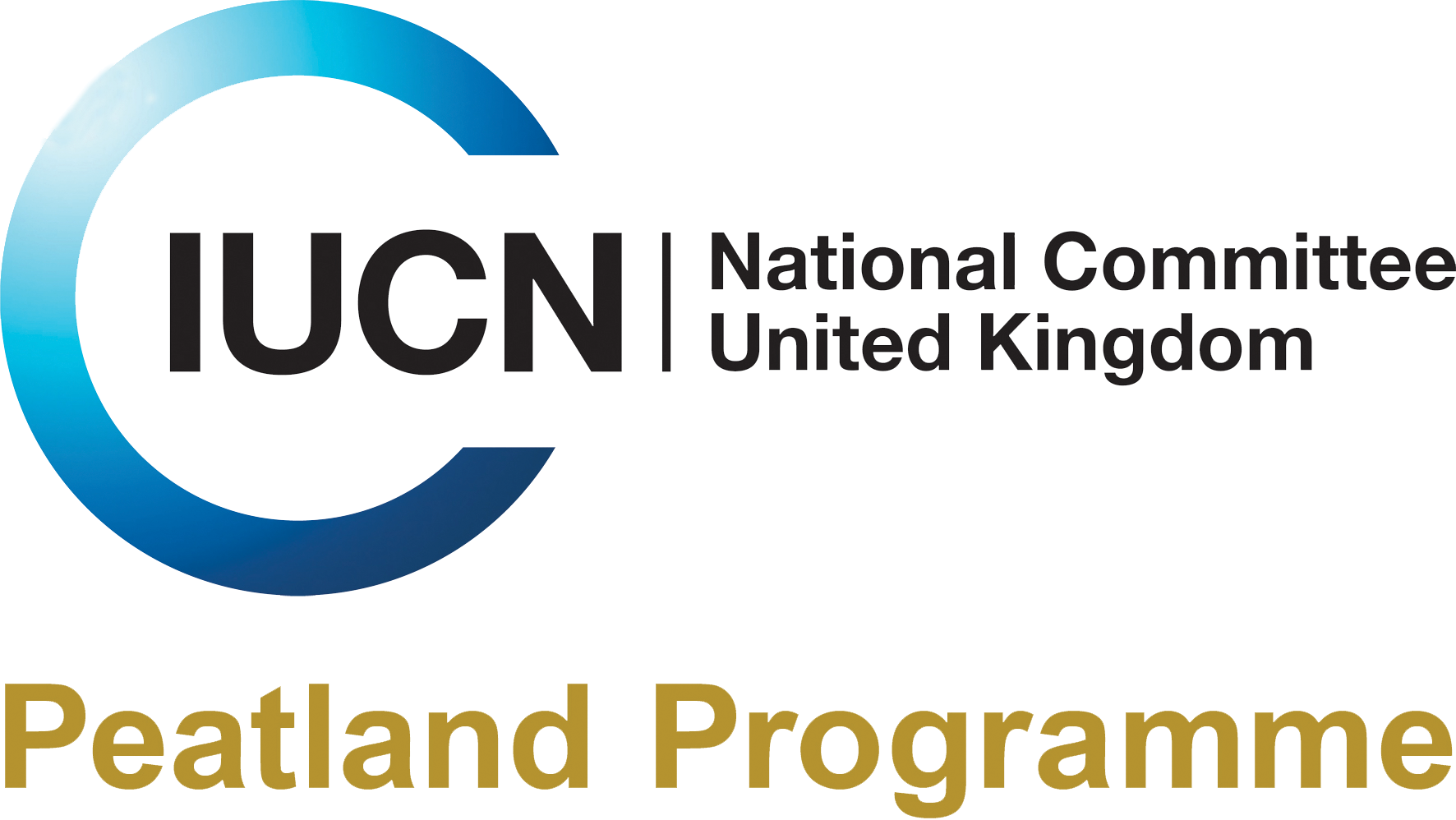Search
Search
Bog Day resources
New video explaining the formation of a raised bog
This video - The formation of a raised bog - is part of a suite of training materials produced by Richard Lindsay, University of East London, and the IUCN UK Peatland Programme, working in…
New resource available: Explaining the impact of peatland drainage
A new video explaining the impacts of draining peatland on carbon emissions, hydrology and peat structure is now available.
Yorkshire Peat Partnership: A music video on Fleet Moss
With the help of Yorkshire Peat Partnership, musician Sarah Smout filmed a music video on Fleet Moss which aims to raise awareness of the importance of peatlands.
Natural Resources Wales announces new funding for peatland restoration
A new restoration fund, managed by Natural Resources Wales (NRW), was launched this week in an effort to help safeguard valuable peatlands.
Day of the Bog: Why are peatlands special and do we need to raise awareness?
Bog day 2020 - celebrating the brilliance of bogs.
New Year Honours for peatland specialist
Natural Resources Wales’ senior peatland specialist, Dr Peter Jones, has been awarded an MBE for services to Welsh peatlands and to the community in Wales.
Bog Day
Moors for the Future Partnership presents: Blanket bogs are worth protecting video series
Moors for the Future Partnership has developed five videos to help people understand the multiple benefits of healthy blanket bogs in the Peak District, South Pennines and beyond.
Technical review of remote sensing for UK peatlands
The IUCN UK Peatland Programme has commissioned a technical review of the potential and applicability of remote sensing technologies for ecological monitoring of UK peatlands.
Burning on Blanket Bogs - Part 2: Recovery pathways video now available
Watch part two of the Burning on blanket bog recovery pathways, produced by Richard Lindsay.
